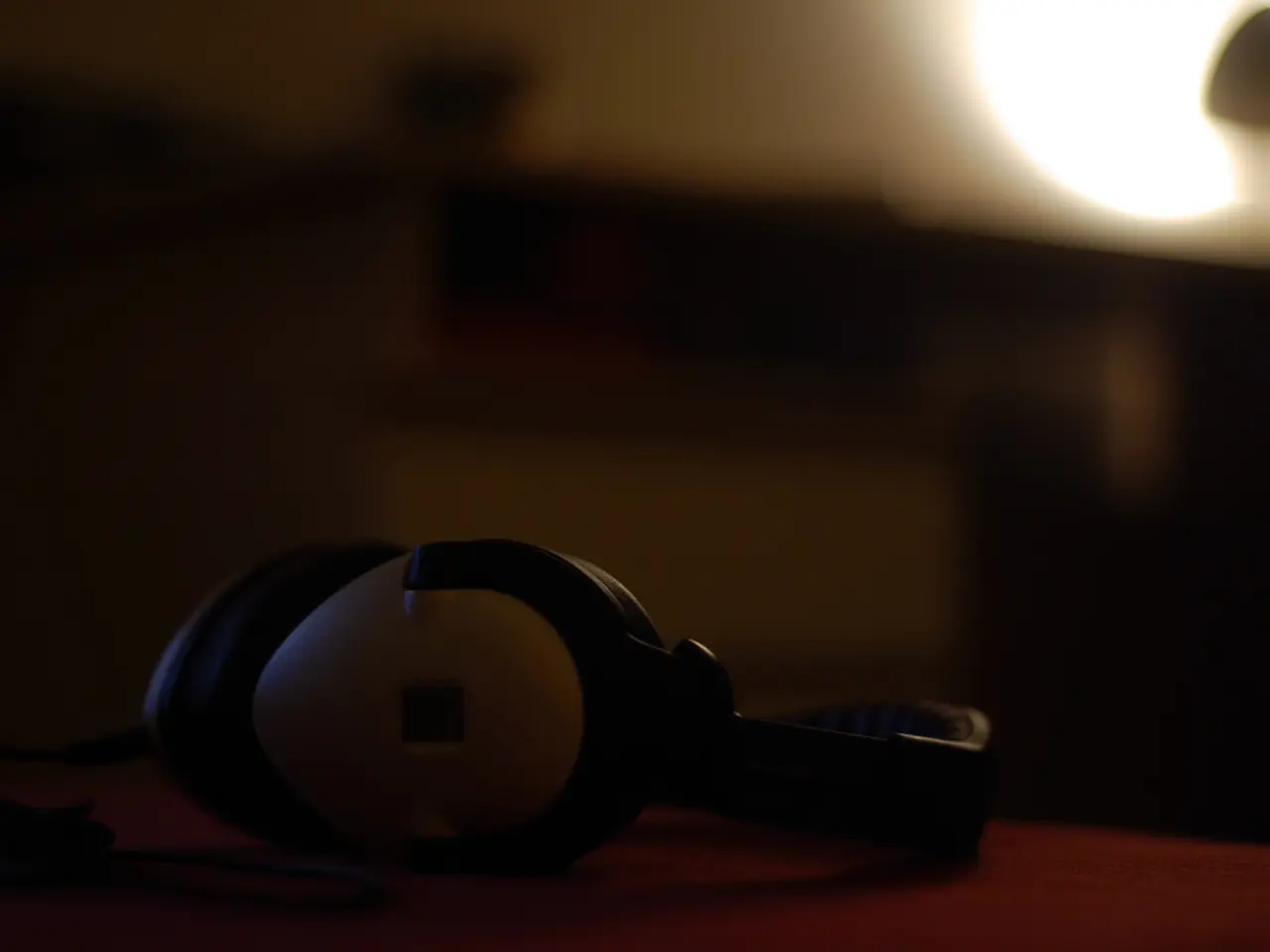Cleaning Headphones with Hydrogen Peroxide: Safety and Efficiency Examined
Headphone Cleaning with Hydrogen Peroxide: A Comprehensive Guide
Hydrogen peroxide, a common household cleaning agent, can be used to clean headphones, offering a convenient and effective solution for maintaining the hygiene and sound quality of your audio devices. However, it's crucial to understand the dos and don'ts of using hydrogen peroxide on various headphone materials and designs.
For Wireless Headphones and AirPods
Hydrogen peroxide is generally considered safe for cleaning AirPods and similar true wireless earbuds when used carefully. Some users recommend applying hydrogen peroxide to remove yellow stains or mild corrosion, but care must be taken to avoid damaging internal components, especially if the headphones have transparent compartments or openings where liquids can seep in.
For Different Materials
When it comes to headphone materials, hydrogen peroxide is usually safe on durable plastic and metal outer shells, but prolonged exposure may cause discoloration or weaken adhesives. On the other hand, hydrogen peroxide may damage foam or fabric covers by bleaching or degrading the material, so it is not recommended for these surfaces. For in-ear headphones with silicone tips, a diluted hydrogen peroxide solution can be used cautiously, but thorough rinsing and drying are necessary to avoid irritation or damage.
Precautions
To clean headphones with hydrogen peroxide safely, dilute it with water to a 1:1 ratio, test it on a small area first, use a soft cloth or brush, avoid saturating the headphones, and follow other safety precautions provided.
Summary
In conclusion, hydrogen peroxide can be safely used to clean wireless headphones and plastic or metal parts if applied carefully in small amounts without soaking. However, it should be avoided on softer materials like foam or fabric to prevent damage. For delicate or expensive headphones, consider manufacturer cleaning guidelines or safer alternatives like specialized earbud cleaning solutions or wipes.
Additional Tips
- Hydrogen peroxide has anti-bacterial properties that can effectively kill bacteria, viruses, and fungi. - Compressed air can be used to gently blow away dirt and debris from the crevices and corners of your headphones. - There are alternative cleaning solutions for headphones, such as a mixture of equal parts water and white vinegar, a mild soap solution, or specialized headphone cleaning solutions. - It's not recommended to soak your headphones in a hydrogen peroxide solution. - The 3% hydrogen peroxide solution is the most commonly available and recommended for household use. - Hydrogen peroxide is a non-toxic and environmentally friendly cleaning agent. - Hydrogen peroxide can oxidize and corrode metal components in headphones, such as the headband or screws, so be mindful when using it on these areas.
Regularly cleaning your headphones with gentle and safe cleaning solutions is crucial for maintaining their sound quality, comfort, and hygiene. Hydrogen peroxide, with its whitening and brightening properties, makes it an excellent agent for removing dirt and grime from headphone surfaces.
Incorporating hydrogen peroxide into your home-and-garden lifestyle can aid in enhancing the sound quality of your technology, such as wireless headphones and AirPods, as part of a comprehensive lifestyle approach to maintaining your audio devices. However, it's essential to ensure that the hydrogen peroxide does not damage the lifestyle elements of your headphones, like foam or fabric covers, and to follow the necessary precautions when using this solution.




